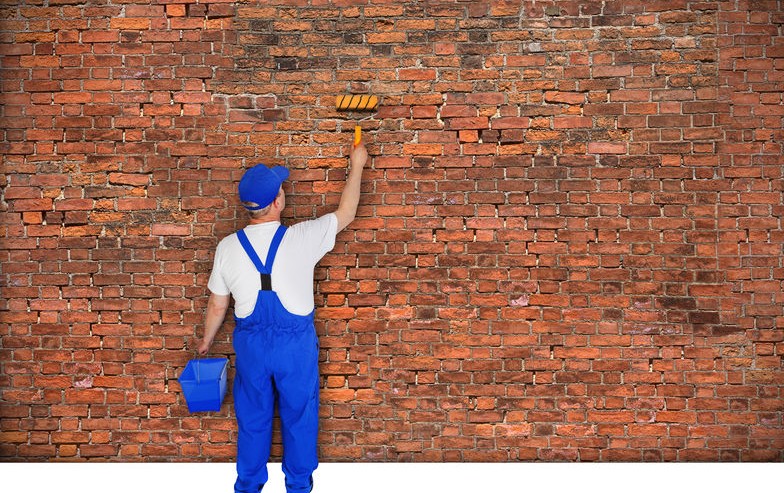When Is the Best Time to Paint Your Home’s Exterior?
Painting the outside of your home is a big commitment, and it is likely a big investment, too. The last thing you would want to happen is see all of your hard work squandered because of rain or sun damage. Even drying paint jobs that make it through bad weather may see reduced lifespans and higher occurrence of problems like flakes, bubbles and drips.
To ensure that your paint job is done right the first time and will last as long as possible, time your work to coincide with the best possible conditions. Here are some periods to aim for before you start dipping your first roller:
Season
Your best bet for painting your home is timing the project around seasons with ideal temperatures. Those perfect times of the year when your energy bills are super low because you do not need to use your heat nor your air conditioner are also perfect for painting. Mid to late spring and early fall usually create mild conditions and temperatures in the “sweet spot” range between 60 and 85 °F.
One of your biggest deciding seasonal factors will be frost. Spring can have late frosts, and fall will develop frosts around late October to early November, depending on the climate. Since frost can severely compromise the chemical integrity of paint, try to begin your project when temperatures are mild and the risk of frost is low.
Rain
Rain will be the most immediate job-killer for exterior home painting. Check your forecast and avoid starting an exterior painting project when there could be a high chance of rain for the next two days. Since paint can take a long time to fully cure, also try to avoid painting when a heavy rain system could arrive within two weeks of finishing a project.
Humidity and Dew Point
Humidity can put a damper on your project just as quickly as rain. Relative humidity should be between 40 to 60 percent during application. Too low of humidity and the paint dries too quickly, making it more likely to shrink and crack. Too high of humidity and it will not dry properly, making it stay tacky and pick up debris from passing winds.
Similarly, dew point will dictate the time of day you are painting. The dew point will be a set temperature on the weather forecast that indicates when fog or moisture will form. When temperatures drop below this dew point, dew will begin appearing on surfaces, including your paint job.
Time your project so that the last brush dip takes place no less than four hours before the temperature is predicted to fall below the dew point.
Wind
High winds during painting or within the first day or so of completion will complicate a paint job. Dust tends to stick to the wet paint. Overspray from paint sprayers can splatter. Even ladders may be unstable if the wind is high enough. Keep an eye on heavy winds or incoming storm systems before you begin to prevent these issues.
Sunlight
Exposing a paint coat to direct sunlight while it is drying can cause it to crack or peel. Begin your job early in the morning and paint the exterior side opposite the sun as it shifts throughout the day. Mild temperatures will make this less of an issue, but hot, cloudless days will cause the sun to beat down on your paint and dry it out too fast.
If all of these requirements sound picky, do not become overwhelmed. Temperature and humidity preferences come in a broad range, and as long as the wind or rain does not reach your paint within 36 hours of the last coat, the worst consequences will likely be behind you.
You can also hire a professional painting contractor to time your job perfectly and get it done fast. This effort ensures that your paint job will come out beautifully even without the issues that can come from inexperience.
To have your home looking its best, compare prices from Philadelphia area painting contractors. ServiceWhale makes it easy to obtain free custom quotes for exterior paint jobs without even requiring onsite estimates. Click here to get started.





Comments
Comments are disabled for this post